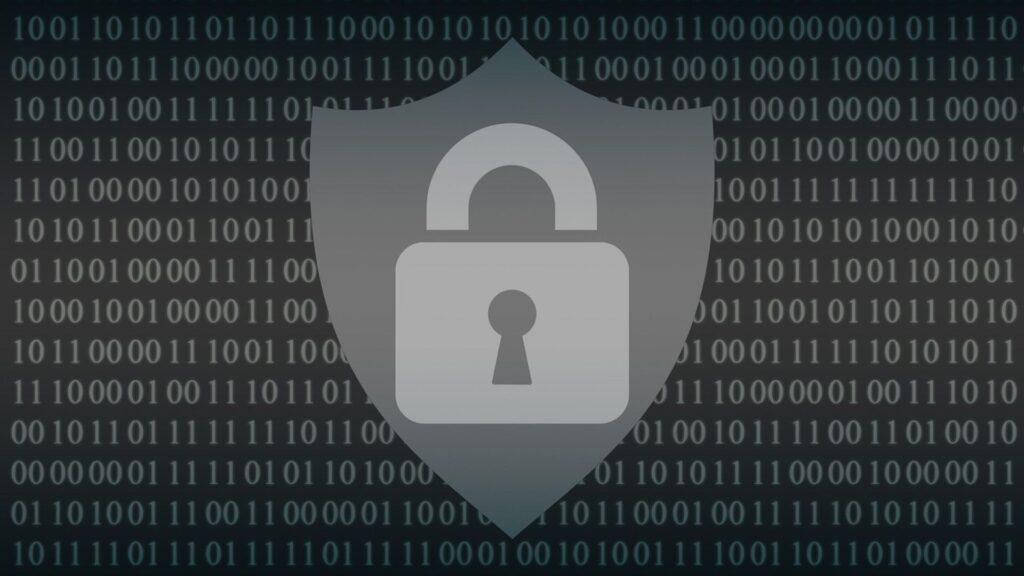Security Challenges in the Age of Automated Threats
October 16, 2025 • César Daniel Barreto

Cybercriminals are getting clever—almost uncomfortably so. They’re using increasingly complex tools to outsmart old-school defenses, turning cybersecurity into something like a chess match that never really ends. For organizations, the result is a constant standoff against automated threats that chip away at data integrity, user privacy, and overall resilience.
Let’s take a closer look at what’s happening here, and maybe how we can fight back—though “fight” might be too strong a word. “Adapt” might fit better.
Common Types of Automated Threats
There’s no shortage of trouble these days. Automated threats come in many flavors—none of them good. Take web scraping, for instance. Bots quietly comb through sites, scooping up data for profit or spam. Then there’s credential stuffing, a sort of digital lock-picking where bots recycle stolen logins to sneak into multiple accounts. It’s disturbingly effective, especially since people often reuse passwords (who doesn’t, at least once?).
Malware distribution has gone industrial too. Automated systems push malicious software at scale, sometimes so fast that defenders barely know what hit them. Studies—lots of them—suggest these automated methods succeed far more often than manual ones. That alone keeps IT teams up at night.
And phishing? It’s not going away. It’s evolving. Attackers now use automation to churn out messages that sound human. Sometimes, they’re almost convincing enough to fool even seasoned employees. That’s the scary part.
Bot Detection and Prevention
Here’s the thing: spotting a bot isn’t as simple as it used to be. The lines blur. Still, companies are trying. They watch session times, cursor paths, strange spikes in traffic—tiny clues that something’s off. If patterns feel unnatural, chances are, they are.
Know that protecting your website from malicious intent serves to maintain consumer trust. The introduction of CAPTCHA can identify and slow down automated attacks. Potential attackers have to fight through additional verification steps, reducing the likelihood of successful breaches.
Exposure to various bot mitigation solutions, ranging from blacklisting known malicious IPs to engaging with threat intelligence feeds, can create a robust defense. Routine audits of traffic and consistent updates to security protocols are excellent practices in combating automated threats.
The Role of Threat Intelligence
Threat intelligence—sounds fancy, right? But it’s really just the practice of learning before you’re forced to. By gathering data from all over, companies can notice patterns, new risks, and weird activity before it turns into something worse.
More interestingly, intelligence-sharing has become something of a community effort. Businesses talk, trade notes, even warn each other. It’s not altruism exactly—more survival instinct. Companies that collaborate on this tend to fare better than those that wall themselves off.
It’s not just about reacting anymore. Modern defense means predicting where trouble might come from, adjusting systems as you go. The goal? Stay one uncomfortable step ahead.
Data Privacy Regulations and Compliance
Data’s worth more than gold these days—or oil, as people keep saying. Governments noticed. Regulations like GDPR and CCPA have turned privacy from a “nice-to-have” into a “do-it-or-pay-for-it” situation. Compliance isn’t easy, but neither are the consequences of skipping it: lawsuits, fines, loss of trust.
Still, there’s a positive angle. Showing you take privacy seriously makes customers stick around. Transparency goes a long way. Regular audits, honest communication, and visible accountability—all that reinforces trust. Over time, it might even become part of your brand’s DNA.
The Importance of Employee Training
Even the most sophisticated security systems can be undermined by human error, making employee training indispensable. Employees should be educated about the various types of automated threats, such as phishing and social engineering scams, to reduce the company’s vulnerability. Training programs should be conducted regularly so that information remains relevant and fresh.
Simulated phishing campaigns can help too, though they tend to reveal awkward truths about where the gaps are. When done right, these exercises actually shift habits. Staff start double-checking links, pausing before they click—that kind of awareness changes everything.
Security isn’t something you “install.” It’s cultural. It’s habit-forming. Strong passwords, multifactor authentication, regular updates—they’re small acts, but when they add up, they make breaches a lot harder.
The Role of Incident Response Plans
No plan survives first contact with reality—but you still need one. A good incident response plan sets the stage for how to act when (not if) something breaks. Who does what, who talks to whom, and how fast everything gets contained.
Plans that get tested—really tested—stand up better under stress. And when the smoke clears, the post-mortem matters as much as the response. That’s when you figure out what failed quietly in the background. Companies without this process tend to stumble. Sometimes they don’t recover at all.
Future Trends in Automated Threats
It’s not a stretch to say that cybercriminals are gearing up with AI tools of their own. Imagine attacks that evolve mid-strike, adapt to countermeasures, maybe even learn from their failures. That’s not science fiction anymore—it’s the near future.
AI will make the bad actors faster and more precise, but defenders can play that game too. Machine learning models can now analyze massive datasets, catching oddities humans might miss. It’s a strange race—AI against AI—but that’s where we’re heading.
So, what’s next? Probably more of the same, just faster. Companies that invest in smarter systems and stay curious—always questioning assumptions—will handle it better than those that don’t. Security isn’t static; it’s an evolving mindset.

The challenges posed by automated threats are formidable, but understanding and implementing effective security measures can reduce risks. Emphasizing robust detection techniques, threat intelligence, employee training, and staying ahead of emerging trends will fortify defenses.

César Daniel Barreto
César Daniel Barreto is an esteemed cybersecurity writer and expert, known for his in-depth knowledge and ability to simplify complex cyber security topics. With extensive experience in network security and data protection, he regularly contributes insightful articles and analysis on the latest cybersecurity trends, educating both professionals and the public.